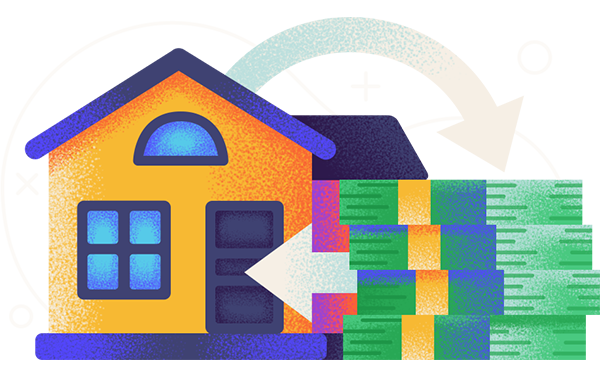Just when you thought mortgage rates couldn’t possibly get any lower, they took another plunge: 30-year fixed-rate loans have fallen to 3.78%, according to Bankrate.com’s annual national survey.
That pales in comparison to 15-year rates, which have fallen to 3.04%, and adjustable-rate terms are at a shocking 2.89%. If this does not represent the lowest rates will ever go, it can’t be far from the mark. If you haven’t refinanced your mortgage since 2008 – when rates hovered around 6 percent – you’re paying more than $300 more a month on a $200,000 loan than you could be in today’s interest rate market. Suffice to say that if you’ve been waiting for the right moment to look into refinancing, or simply procrastinating, it’s time to start evaluating the pros and cons of refinancing.
It’s nowhere near as cut-and-dry a decision as the many advertisements for mortgage companies portray make it appear, however, and with credit as tight as it is and with property values in flux, the decision must be thought through carefully.
The pros of refinancing are straightforward enough. You can lower your monthly payment significantly if you are in a mortgage from four years ago or longer, and you’ll devote far less income to interest expenses over the life of a new loan. And with housing prices as volatile as they’ve been in some markets, speeding up your payment timetable might make a lot of sense, so you don’t find yourself “underwater,” owing more on a mortgage than you have in equity.
The downside of refinancing lies in the costs, especially closing costs like origination fees, but also appraisal fees, legal and title fees, insurance and taxes. These vary from state to state, but they add up, and must either be paid out of pocket or added to the new loan balance. Make sure you factor them in to your decision making process.
Resist the temptation to go for refinancing options that further extend the life of the loan. If you’re 10 years in to a 30-year note, for example, there is a tremendous savings presented by refinancing on a new 30-year mortgage. That reduction in monthly payments must be weighed against the fact that you’ll be making them for another 30 years, though. At the very least, your refinanced mortgage should not cover more years than you currently have left on the existing loan.
With mortgage rates so low, though, it might make even more sense to refinance with an eye toward moving from a 30-year note to a 15-year note to pay off your loan faster.
Average rates for 15-year fixed-rate mortgages have hovered below 3% for months now, and the gap between the rates on the shorter note and 30-year mortgages is nearly a full point wide, with the Federal Reserve pushing short-term interest rates so low that the shorter-term mortgages are more attractive than ever.
According to the latest numbers from Freddie Mac, nearly a third of those refinancing a mortgage during the first quarter of 2012 paid off a 30-year fixed-rate mortgage and moved to a shorter-term loan.
These homeowners are trading a higher monthly payment for a much shorter amortization period, which translates to huge interest savings. With 30-year rates at 3.75% and 15-year rates at 3%, for example, a $300,000 loan at 15 years would cost nearly $700 more a month, but you’d save about $68,000 in interest compared to a 30-year mortgage over the life of the loan, and you’d have twice the equity.
A growing number of lenders offer loans of other lengths as well, be they 10-year or 20-year notes or even a customized length tied to a life event, like paying off the mortgage in time for the kids to hit college, but the interest rates don’t drop low enough to justify the higher monthly payments you’ll face.
The move to a shorter mortgage is not for everyone, though. It’s not a good idea for first-time home buyers, who tend to underestimate the costs associated with home ownership, and it’s a terrible idea if you’re already cash-strapped at the end of the month. It might make more sense for you to make an extra mortgage payment or two when you have more cash on hand. The goal should be to ensure that once you make your mortgage payment, you still have enough cash on hand to save for other life expenses like the children’s college tuition and your own retirement.
Image: TarikVision / iStock.


WalletHub experts are widely quoted. Contact our media team to schedule an interview.